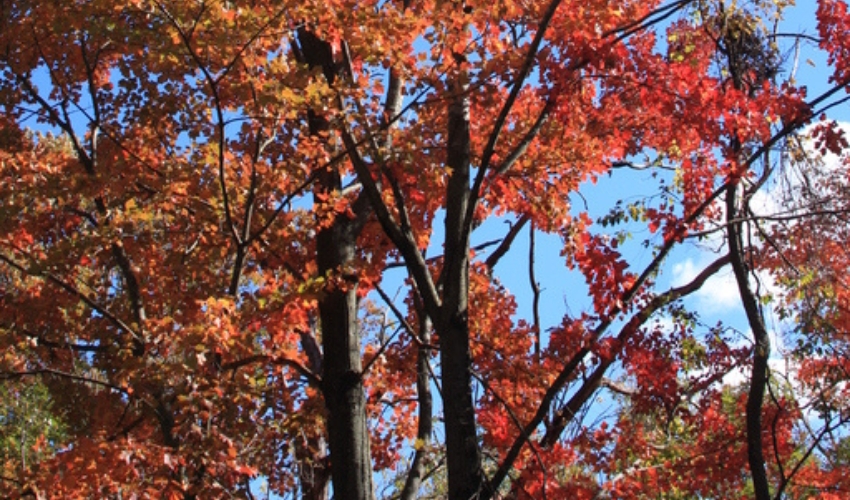
Best Native Trees for Long Island Gardens
Best Native Trees for Long Island Gardens
Long Island’s unique climate and soil conditions create a perfect environment for many native tree species. These trees have adapted over thousands of years to our local conditions, making them excellent choices for sustainable landscaping. From the sandy soils of the South Shore to the clay-rich North Shore, native trees offer beauty, shade, and ecological benefits.
Why Choose Native Trees?
Native trees support local wildlife, require less maintenance, and resist many local pests and diseases. They’ve evolved to handle Long Island’s weather patterns, from summer heat to winter storms. Plus, they need less water and fewer fertilizers than non-native species once established.
Shade Trees for Large Spaces
Red Oak stands as Long Island’s signature shade tree. These giants can live for centuries and provide essential food for wildlife. Their strong branches resist storm damage, and their roots stabilize soil on sloped properties.
Tulip trees, with their distinctive flowers and golden fall color, thrive in our well-drained soils. These fast-growing natives can reach impressive heights, making them perfect for creating privacy or shade in larger yards.
American Beech trees prefer the North Shore’s richer soils. Their smooth gray bark adds winter interest, while their dense canopy offers cool summer shade and gold fall color.
Small Trees for Urban Gardens
American Hornbeam suits smaller yards perfectly. This understory tree handles partial shade well and offers attractive bark and fall colors. Its compact size works well under power lines or near buildings.
Serviceberry brings spring flowers, summer berries, and red fall color. Birds love the fruits, making it an excellent choice for wildlife gardens. Multiple stems create natural screening without overwhelming tight spaces.
Coastal-Friendly Options
Eastern Red Cedar thrives in coastal areas, handling salt spray and sandy soils with ease. These evergreens provide year-round screening and wildlife shelter. Their blue berries attract cedar waxwings and other winter birds.
Beach Plum, though technically a large shrub or small tree, proves invaluable in coastal gardens. It stabilizes dunes, produces edible fruit, and flowers beautifully in spring.
Trees for Wet Areas
Red Maple adapts well to Long Island’s wet spots, particularly in low-lying areas near the water table. Their brilliant red fall color lights up autumn landscapes, and their early spring flowers provide crucial nectar for emerging pollinators.
Sweet Bay Magnolia handles wet conditions while staying compact enough for most yards. Its fragrant summer flowers and silver-backed leaves add unique beauty to garden spaces.
Planting and Care Tips
Fall planting gives native trees the best start. Our mild autumns and wet winters allow roots to establish before summer heat arrives. When planting, dig holes twice as wide as the root ball but no deeper. This encourages strong root growth into surrounding soil.
Water deeply but infrequently during the first growing season. This promotes deep root growth, making trees more drought-resistant. Add organic mulch around the base, keeping it away from the trunk to prevent rot.
Long-Term Benefits
Native trees increase property values while reducing energy costs through strategic shading. They create privacy, reduce noise pollution, and improve air quality. Their presence helps maintain Long Island’s natural heritage and supports local ecosystems.
Working with Local Conditions
Before selecting trees, consider your specific location. South Shore properties might need more wind-resistant species, while North Shore gardens can support moisture-loving varieties. Soil testing helps match trees to your yard’s conditions.
Professional guidance ensures proper placement and planting. This initial investment pays off through decades of healthy growth and reduced maintenance needs. Remember that native trees form the backbone of sustainable Long Island landscapes, connecting our gardens to the region’s natural history while serving future generations.